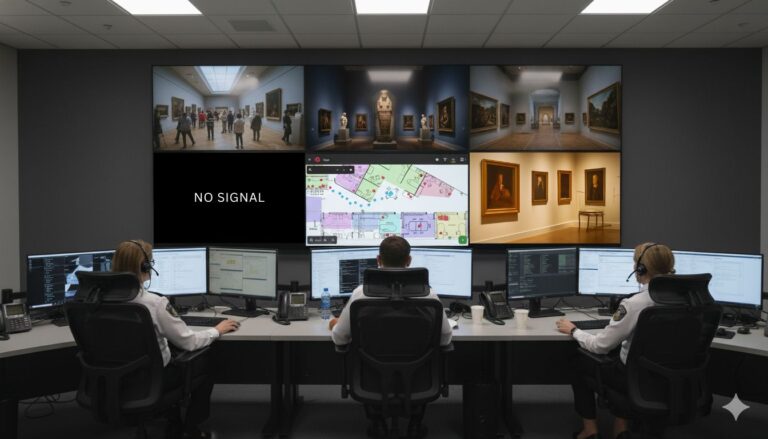How WISER Systems delivers enterprise-grade location intelligence without the enterprise-grade price tag.

The “Too Expensive” Myth
Maybe this is what you’ve been thinking: “Ultrawideband? We ruled it out—everyone says it costs a fortune.”
We hear that refrain from plant managers, MRO supervisors, and digital transformation leaders every week. They reach that conclusion only after experiencing the traditional UWB sales cycle: weeks of onsite surveys, sprawling cabling plans, and quotes packed with line items whose purposes aren’t clear until the invoice arrives. It is no wonder many organizations abandon the idea before a single tag is deployed.
The truth is that UWB technology itself isn’t inherently expensive; the real cost comes from the way some vendors insist on installing and maintaining it. WISER Systems set out to prove that by reengineering every step—from architecture, to calibration, to licensing—an RTLS solution can deliver precise location data without burying a facility in capital expense or long-term service fees.
How WISER Re-Engineers Affordability
WISER starts by eliminating the need for a specialized installation army. Plant facilities personnel already know how to hang network drops and mount equipment; with guidance from a WISER project lead, those same technicians install antennas quickly and correctly. Because our patented daisychain architecture allows up to nine antennas to feed a single mesh hub, one cable run can replace the nine separate homeruns other systems require. The reduction in ports, wiring, and conduit slashes infrastructure costs before the first byte of location data is collected.
Calibration is no longer a multi-week ordeal. One WISER implementation specialist can tune a half-million-square-foot facility in days, and our algorithms tolerate small variances between planned and actual antenna positions. If a fixture is installed a couple of feet off target, accuracy remains rock solid—no emergency remapping needed.
Hardware prices drop in tandem with complexity. A WISER antenna costs roughly one-tenth of the four-figure devices sold by legacy vendors, and every tag comes with a field-replaceable battery. Instead of tossing depleted tags in the e-waste bin, you pop in a fresh coin cell and keep tracking.
The savings continue on the software side. WISER licenses are calculated so they provide significant economies of scale when sites expand. Raw data flows into a standard SQL database, and a straightforward REST API lets your engineers integrate real-time location information into existing dashboards, analytics tools, or AI models without paying gatekeeper premiums.
Scale When You Are Ready—Not When Your Vendor Says So
Because WISER antennas do not require a rigid grid pattern, customers often begin with a single production cell, then extend coverage to new lines, adjoining buildings, or an entire campus as needs evolve. The expansion follows the same easy installation path that made the initial deployment attractive in the first place.
The Bottom Line
High-priced ultrawideband quotes have more to do with outdated deployment models than with the physics of UWB. By removing unnecessary labor, rejecting proprietary lock-ins, simplifying network architecture, and designing hardware for longevity, WISER delivers enterprise-grade location intelligence at a fraction of yesterday’s cost.
Ultrawideband RTLS isn’t inherently expensive—inefficient solutions are. If you are ready to see how affordable precision tracking can be, reach out through our contact page or email [email protected]. A pilot that meets your budget and your ambitions might be just weeks away.



